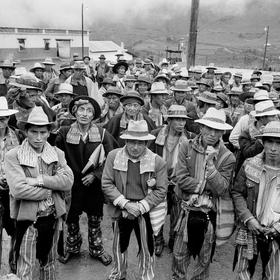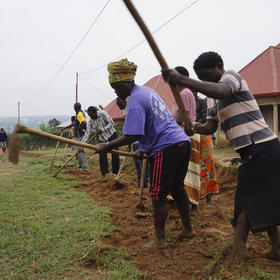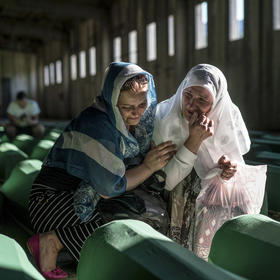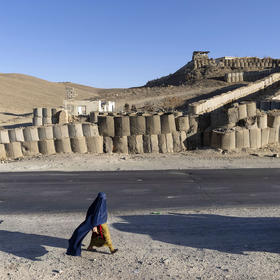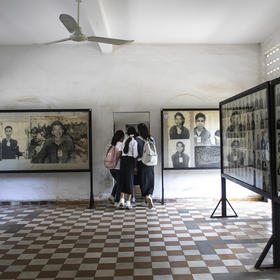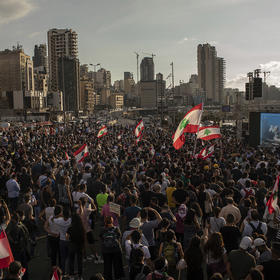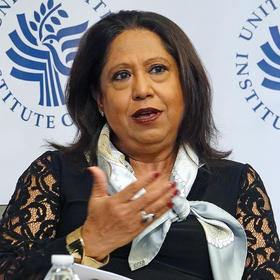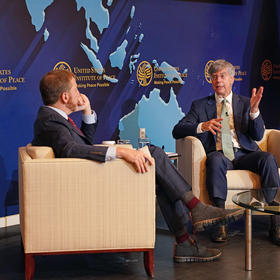Imagine: Reflections on Peace
A Multimedia Exhibit
From June 2 through August 1, 2022, the U.S. Institute of Peace together with The VII Foundation presented “Imagine: Reflections on Peace,” a multimedia exhibit exploring the themes and challenges of peacebuilding through an immersive look at societies that suffered — and survived — violent conflict. Using historical photos, texts, video profiles and interactive opportunities, the Imagine exhibit brought visitors face-to-face with the realities of violent conflict and asks the question: “Why is it so difficult to make a good peace when it is so easy to imagine?”
TAKE A VIDEO TOUR OF THE EXHIBIT
Conceived and designed by the VII Foundation, the in-person experience gave visitors a chance to engage with the Institute’s on-the-ground peacebuilding work — as well as learn about practical actions they themselves can take to make the world more peaceful.
Public Event Series Highlighting Themes from the Exhibit

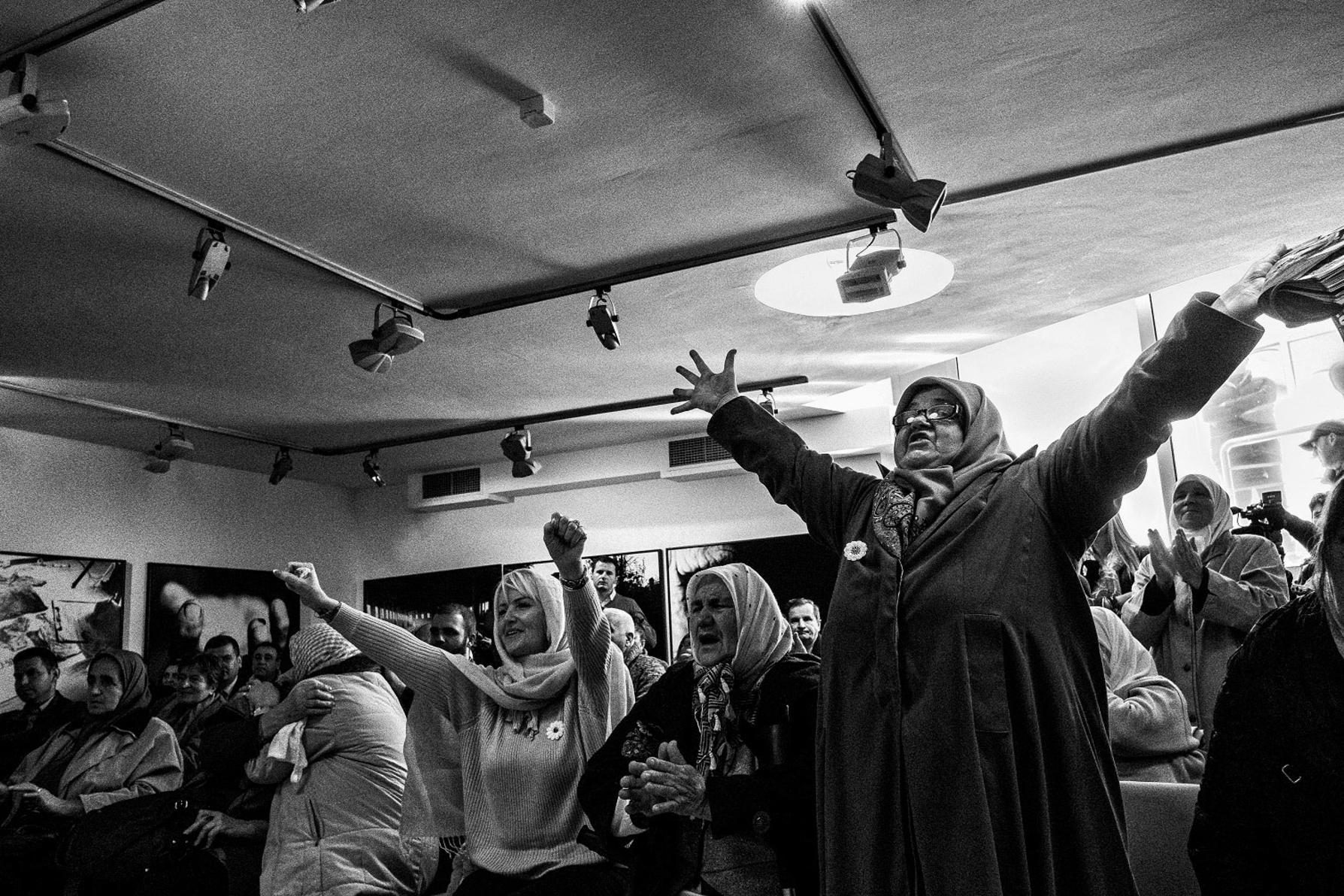
BOSNIA, 2017
The hatred and barbarity that was to become normal during the years of this war began here: the banker fighting against the barber, the school teacher fighting against the grocery clerk. I was witnessing a complete breakdown of civil society.
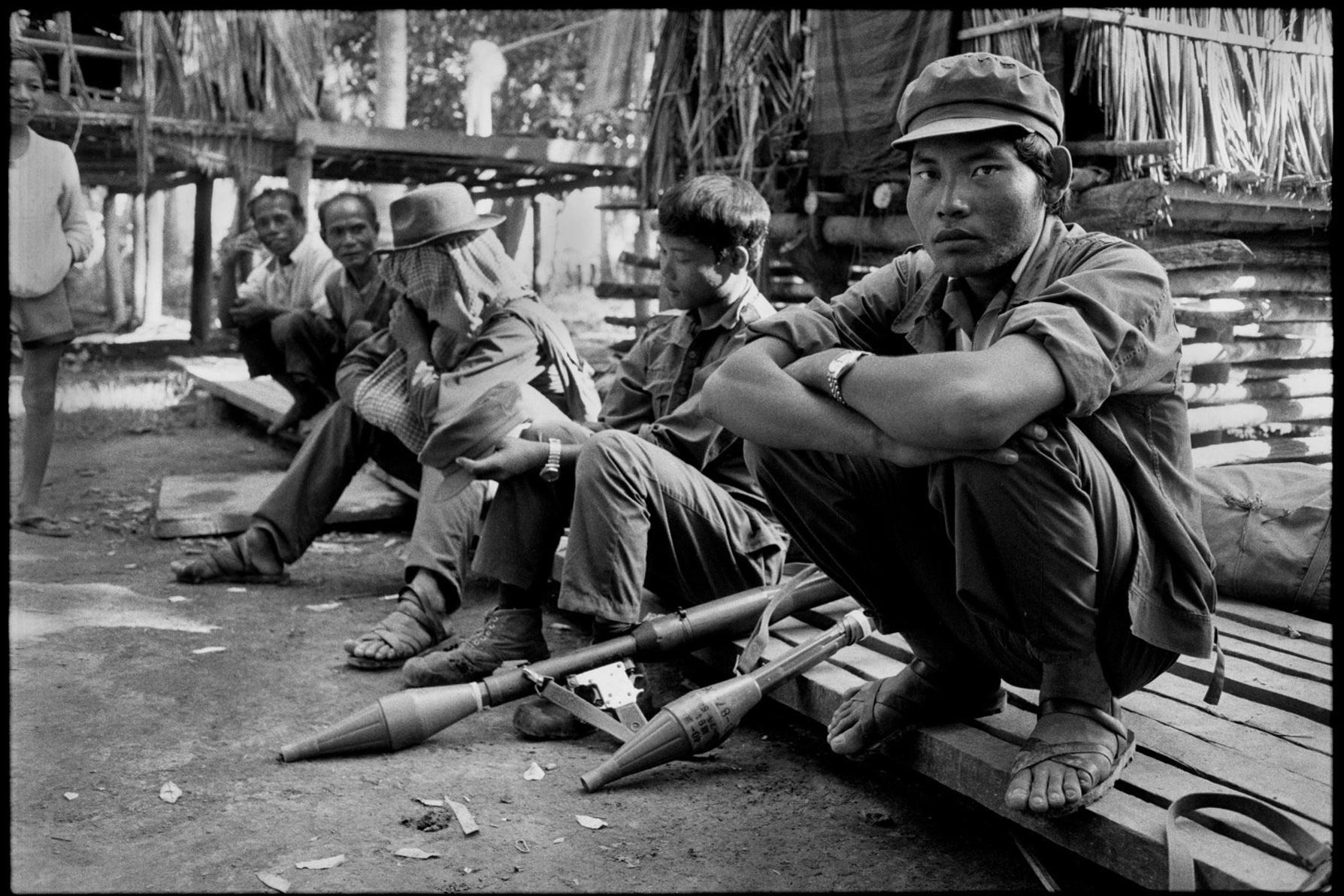
CAMBODIA, 1990
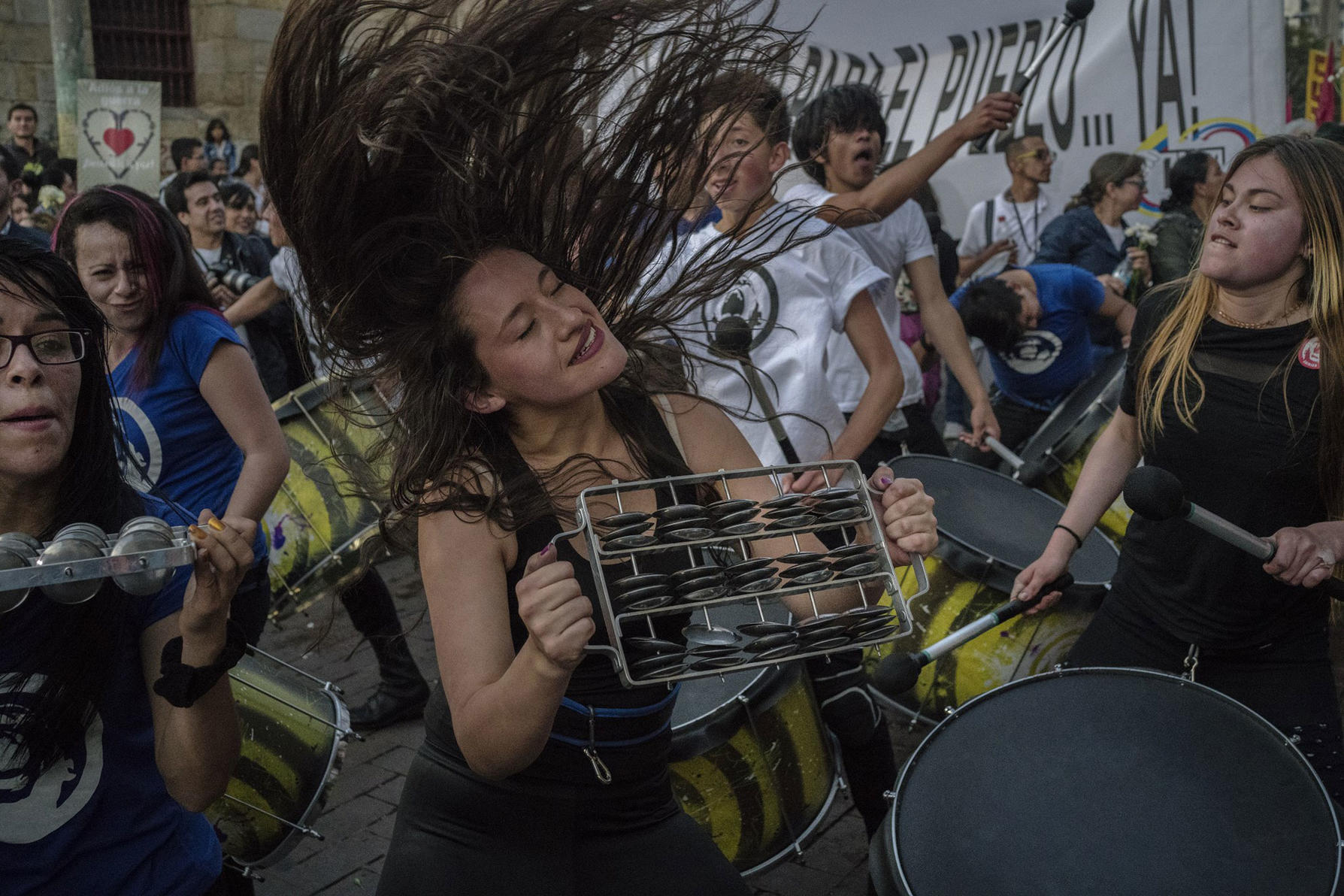
COLOMBIA, 2016
We simply can no longer afford to deny the full potential of one half of the population. The world needs to tap into the talent and wisdom of women. Whether the issue is food security, economic recovery, health, or peace and security, the participation of women is needed now more than ever.
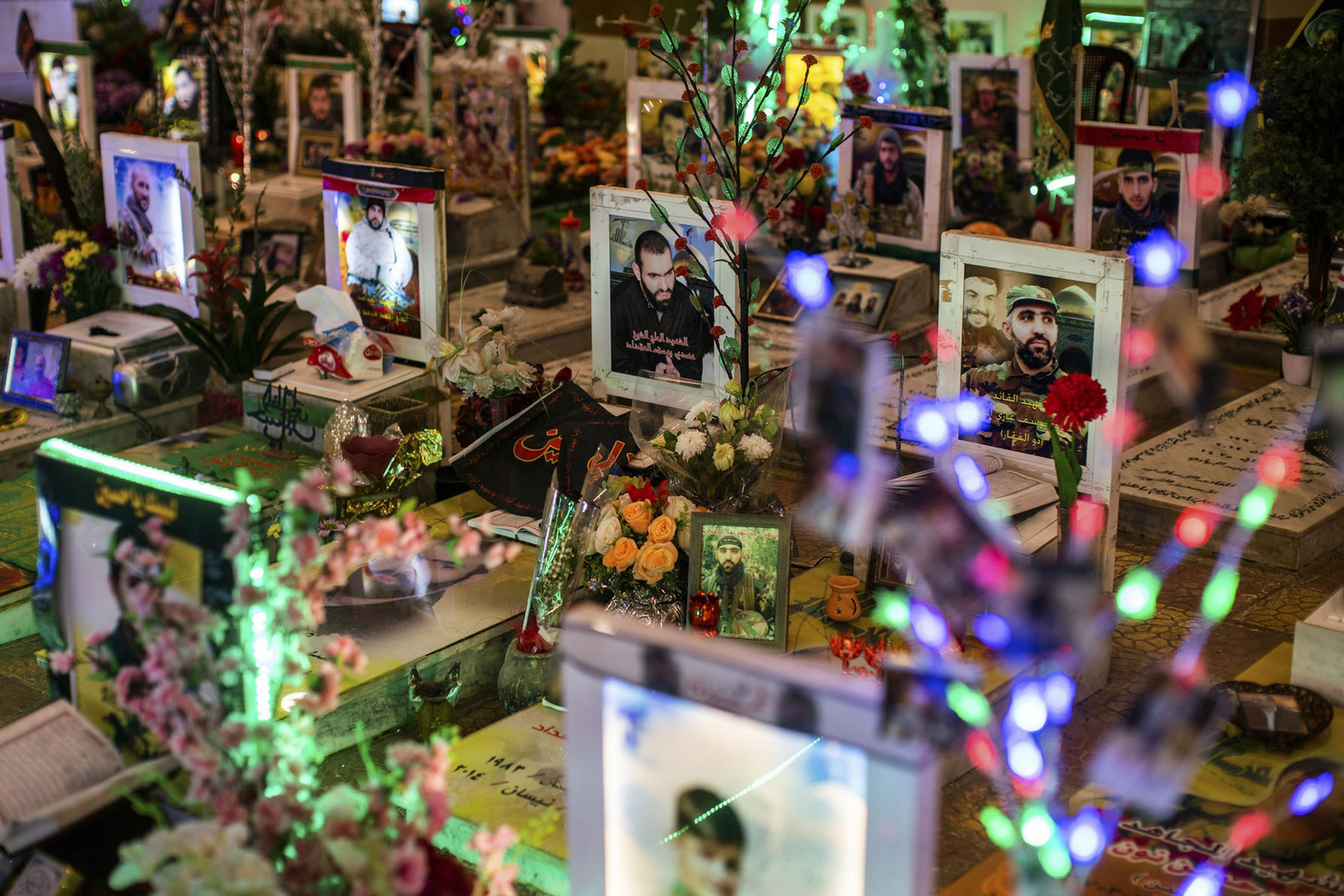
LEBANON, 2017
RWANDA, 2019
What becomes clear is that the signing of an agreement is not the culmination of a peace process. Indeed, it is only the beginning, for lasting peace is built by the people left in a ravaged country long after the peacemakers are gone.
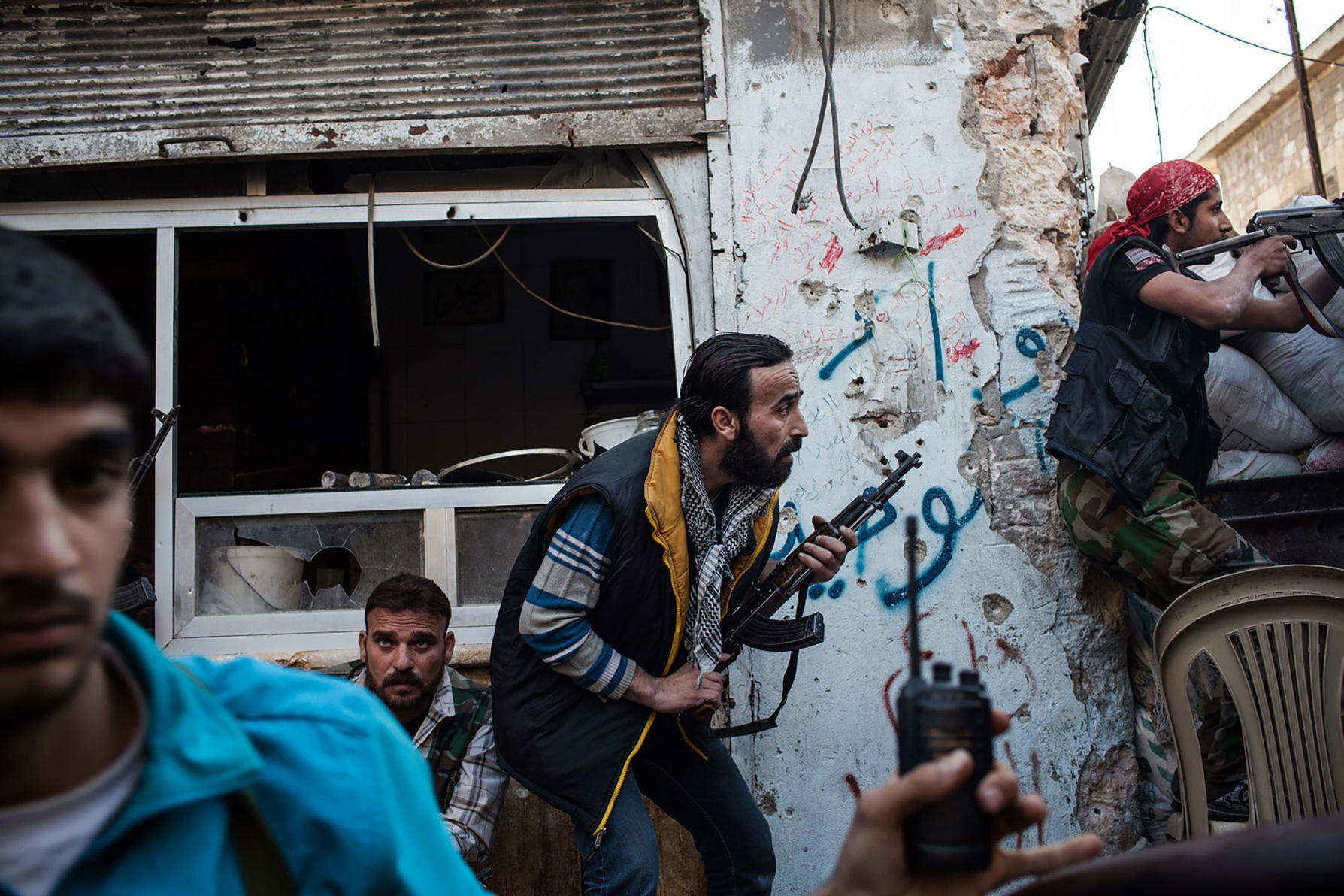
SYRIA, 2012


